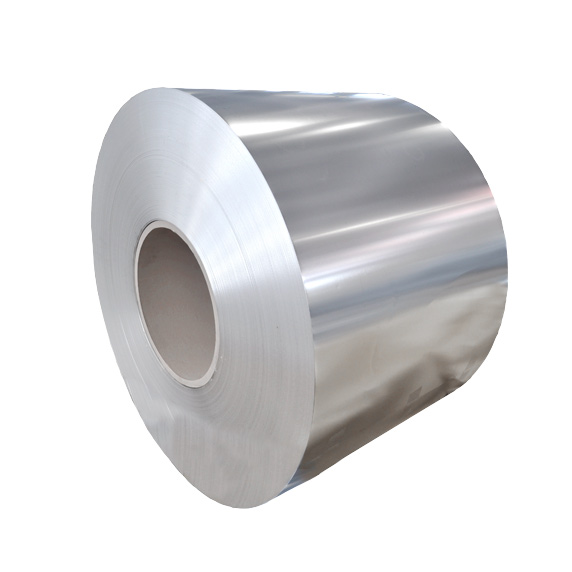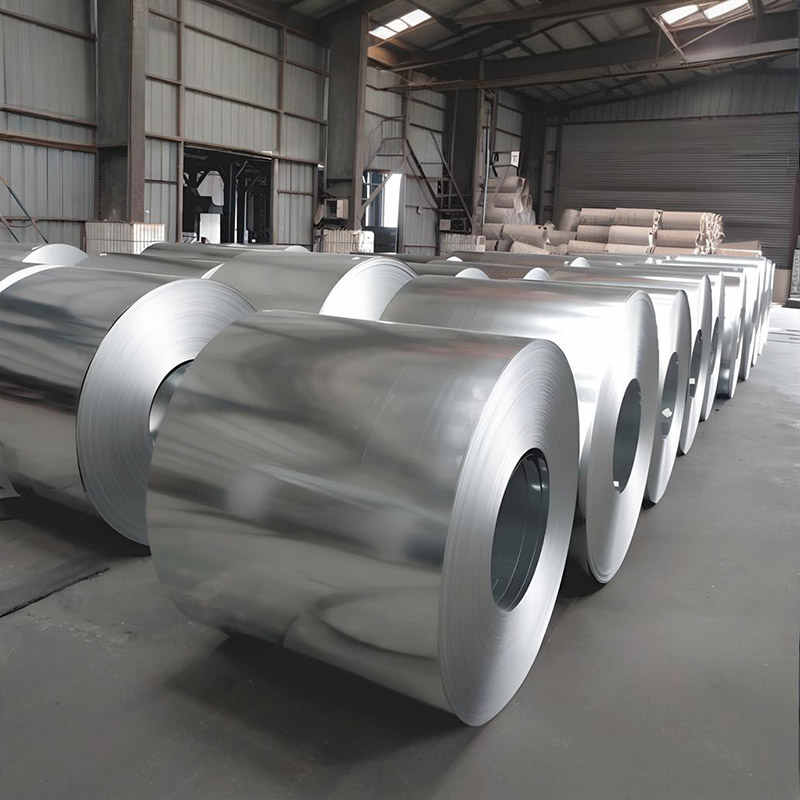What exactly is tinned cold-rolled strip and why has it become indispensable in modern manufacturing? This versatile material consists of cold-rolled steel strip coated with a thin layer of tin through an electrolytic process known as tinning. The manufacturing process begins with cold rolling steel to achieve precise thickness and surface finish, followed by careful cleaning and electrolytic tinning to create a uniform, corrosion-resistant surface.
What makes tinned cold-rolled strip so valuable across industries? Its exceptional properties combine the strength of steel with the protective and functional qualities of tin coating. The material offers excellent corrosion resistance, superior solderability, and good electrical conductivity. Additionally, it maintains excellent formability, allowing for complex shaping without compromising the tin layer. The surface finish can be customized to various degrees of brightness, depending on application requirements.
Where can we find tinned cold-rolled strip in everyday products? Its applications span numerous industries. In food packaging, it’s the material of choice for cans and containers due to its non-toxic nature and ability to preserve contents. The electronics industry utilizes it for electromagnetic shielding and component manufacturing. Automotive applications include fuel tanks and various electrical components. Its aesthetic appeal also makes it popular in decorative applications and consumer goods.
How do you select the right tinned cold-rolled strip for your specific needs? Consideration should be given to coating thickness, which typically ranges from 0.4 to 15 g/m² depending on corrosion resistance requirements. The temper selection is equally critical, with choices ranging from full hard to dead soft, affecting formability and strength. Surface finish options include matte, semi-bright, and bright, each suited to different manufacturing processes and end-use appearances.
In my experience working with this material, I’ve found that the most successful implementations begin with thorough application analysis. One manufacturer I consulted initially used a standard coating thickness for all their electronic components, experiencing inconsistent results. After conducting material testing, they discovered that specific components required a thinner coating for optimal soldering performance. By tailoring their material selection to individual product requirements, they reduced production costs by 15% while improving product reliability.
Looking ahead, the future of tinned cold-rolled strip appears promising with advancements in coating technologies that enhance sustainability while maintaining performance characteristics. As industries continue to demand materials that offer both functionality and environmental responsibility, tinned cold-rolled strip is well-positioned to meet these evolving requirements through continuous innovation in manufacturing processes and material science.



